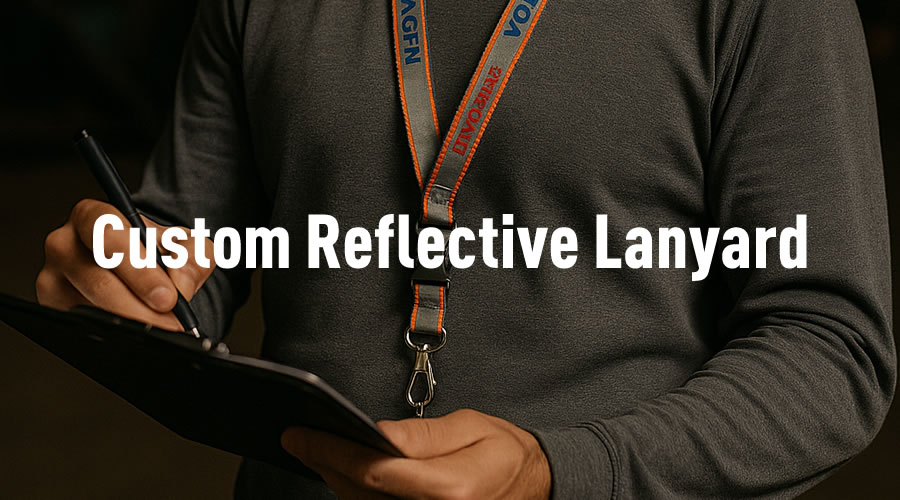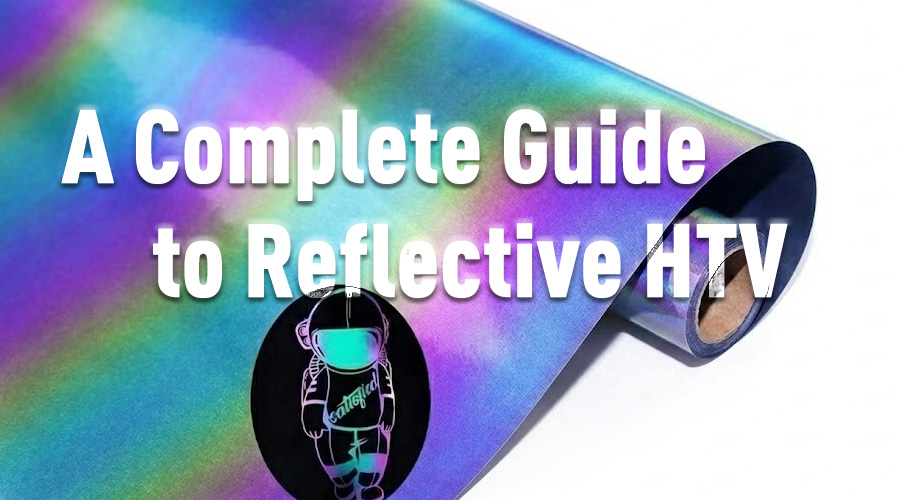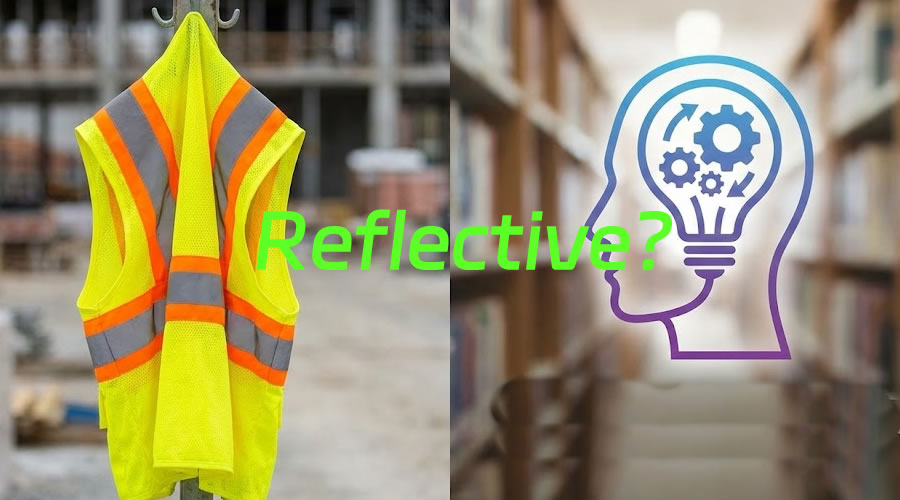Reflective clothing is an essential safety feature for anyone who spends time outdoors at night or in low-light conditions. Whether you're a runner, a cyclist, a construction worker, or simply someone who walks the dog after dark, wearing reflective clothing can help ensure that you stay visible and safe. In this article, we'll explore the science of visibility and explain why reflective clothing matters.
The Science of Visibility
To understand why reflective clothing is so important, it's helpful to understand a bit about the science of visibility. When light hits an object, some of that light is absorbed by the object, while some of it is reflected. The amount of light that is reflected depends on a number of factors, including the color and texture of the object.
When it comes to visibility, the most important factor is the amount of light that is reflected back to the viewer. Brightly colored clothing can help make you more visible during the day, but at night or in low-light conditions, it's reflective clothing that really shines (pun intended).
Reflective clothing is made with materials that contain tiny glass beads or prisms. These materials reflect light back to its source, making the wearer more visible in the dark. When a light source, such as a car's headlights, shines on reflective clothing, the light is reflected back to the driver, making the wearer much easier to see.
Why Reflective Clothing Matters
Now that we understand the science of visibility, let's explore why reflective clothing matters. Here are just a few reasons why wearing reflective clothing is so important:
Increased Visibility
The most obvious reason to wear reflective clothing is that it makes you more visible in low-light conditions. Whether you're walking, running, or cycling, reflective clothing can help ensure that drivers and other pedestrians can see you from a distance, giving them more time to react and avoid a collision.
Improved Safety
Wearing reflective clothing can also help improve your safety. By making yourself more visible to others, you reduce the risk of accidents and collisions. This is especially important for people who work in high-risk environments, such as construction workers, first responders, and road crews.
Compliance with Regulations
In many industries, wearing reflective clothing is required by law. For example, road workers and construction crews are often required to wear high-visibility clothing that meets specific safety standards. By wearing reflective clothing that meets these standards, workers can help ensure that they stay in compliance with regulations and avoid fines or other penalties.
Peace of Mind
Finally, wearing reflective clothing can give you peace of mind. Knowing that you're doing everything you can to stay safe and visible can help reduce anxiety and make it easier to enjoy outdoor activities at night or in low-light conditions.
Choosing the Right Reflective Clothing
If you're in the market for reflective clothing, there are a few things to keep in mind. Here are some tips for choosing the right reflective clothing for your needs:
Look for Quality Materials
Not all reflective clothing is created equal. Look for clothing that is made with high-quality reflective materials that will last over time. Cheap reflective clothing may not be as effective at reflecting light, and it may not hold up to repeated wear and washing.
Choose the Right Color
While reflective materials are the most important factor when it comes to visibility, the color of your clothing can also make a difference. Bright, fluorescent colors like yellow, green, and orange can help make you more visible during the day, while darker colors like black or navy may be harder to see.
Consider Your Needs
Finally, think about your specific needs when choosing reflective clothing. Do you need a reflective vest for work, or a reflective jacket for running? Do you need something that's waterproof or windproof? Consider your specific needs and look for clothing that meets those needs.
Conclusion
Reflective clothing is an essential safety feature for anyone who spends time outdoors in low-light conditions. By reflecting light back to its source, reflective clothing can help increase visibility, improve safety, and give you peace of mind. When choosing reflective clothing, be sure to look for quality materials, choose the right color, and consider your specific needs. With the right reflective clothing, you can stay safe and visible no matter where your adventures take you.







